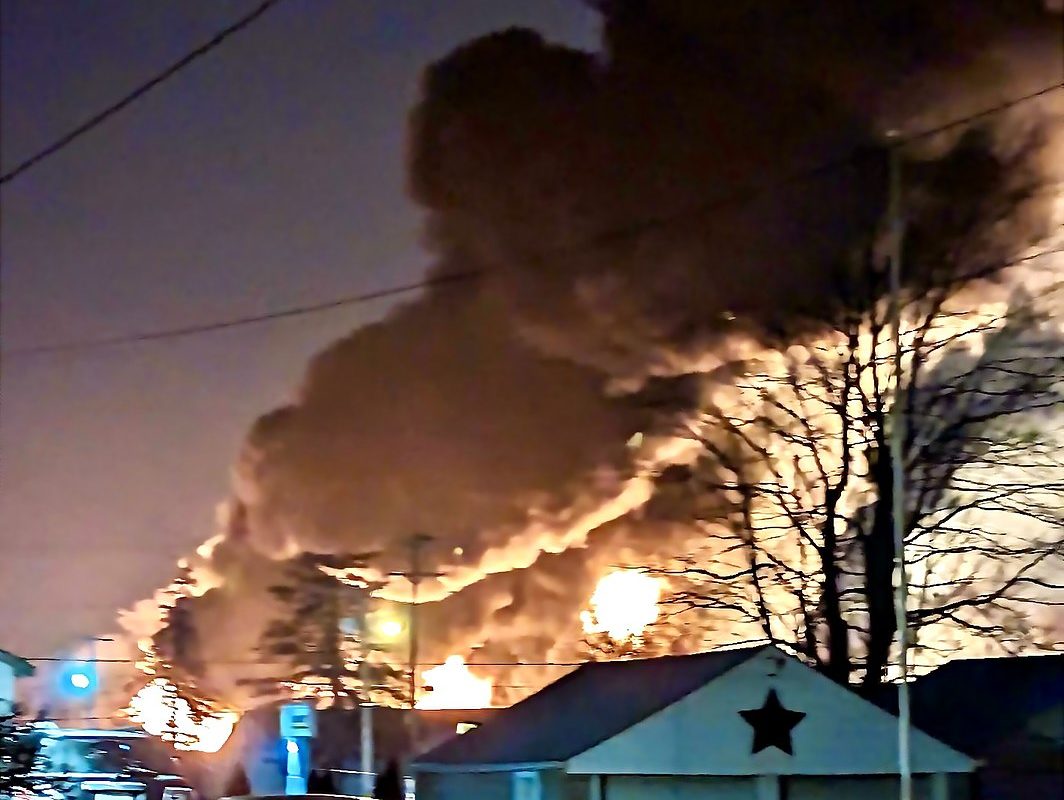The catastrophic derailment of a Norfolk Southern train in East Palestine, Ohio on Feb. 3 has thrust railroad safety into the spotlight.
The train, laden with multiple hazardous materials, has caused a great deal of concern from residents of East Palestine, as well as others in Ohio over ecological damage and water contamination, especially after chemicals were burned to prevent further risk.
While official reports from the Ohio EPA have declared the water safe to drink, residents are not so sure. Three residents of East Palestine have filed a lawsuit alleging environmental damages, including the deaths of fish and other animals up to 20 miles away. Official estimates suggest a fish death toll of around 3,500.
This, of course, begs the question: How could such a thing happen? Was this merely a horrific accident, or have the causes been slowly building under the surface? Looking at government policy, railroad cost cutting and the concerns of railroad workers may paint a clearer picture of what led to this disaster.
The Biden White House has argued that Trump era regulation policy may play a part in the catastrophe. A recent press conference cited policy rollbacks such as a repeal on brake requirements for trains carrying flammable substances.
Additionally, 20 Senate Republicans wrote a letter to the Federal Railroad Administration urging the use of automatic track inspection, rather than the use of visual inspection done by railroad workers.
Railroad workers can provide an additional context. Per Railroad Workers United, one of the larger railroad unions in America, the primary problem in American railroads is what is known as Precision Scheduled Railroading (PSR). PSR is the name of the policy of extreme cost cutting and speeding up of railroad transit with the goal of reducing costs and improving profits.
Railroads have argued in favor of PSR as more efficient for customers because it shortens wait times by running trains more frequently to the benefit of railroad customers and allows the running of slimmer crews to save money. This is seen as a win-win scenario for most people involved.
It does, however, miss one important group: the workers involved. Last year, railroad workers raised a list of demands with a threat to strike over the skeleton crews manning many of America’s trains. The lack of staffing caused a particular problem for workers needing paid time off for sick leave, one of the central sources of disagreement. A contract was proposed but rejected by 28,000 workers, which brought the possibility of a mass strike.
This however, would not come to pass.
Unlike most workers, railroad workers are not governed by the standards of the National Labor Relations Act (NLRA), passed in 1935. The NLRA allows for collective bargaining and striking. Railroads are instead governed by the Railway Labor Act of 1926. The Railway Labor Act creates special circumstances for labor negotiations due to the role railroads play in the economy.
Because of Congress’s ability to regulate interstate commerce, railroad labor is governed as a matter of protecting the economy. As a result, labor disputes are relegated to a mediation board which has to grant permission to the workers to engage in strike action. If negotiations fail, there is a series of month-long cooling stages that amount to 90 days before permission is granted for a strike.
This threshold was reached, but the government intervened to pass new legislation banning the strike and forcing an agreement. Railroad Workers United protested this move, considering it an unfair labor practice.
Despite protests, the bill was kept. It gave pay increases but failed to adequately meet the needs for sick leave, which Biden acknowledged. However, concerns about the economy won out.
Now, it may be asked if this prioritization led to the disaster unfolding now.
There has been a series of events building up to this ultimate disaster. Deregulation, labor suppression and desperate cost cutting measures set the stage for large scale ecological disaster.

